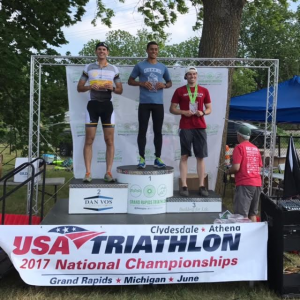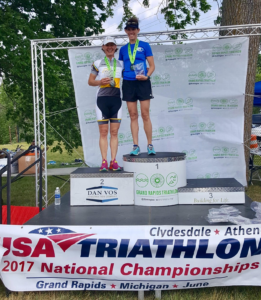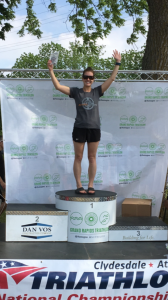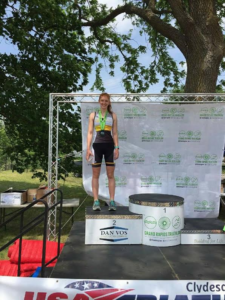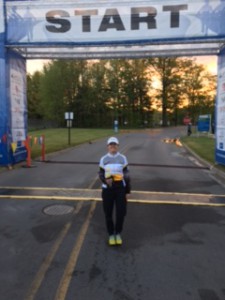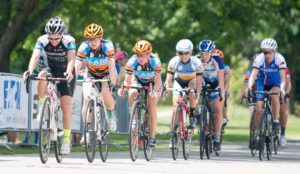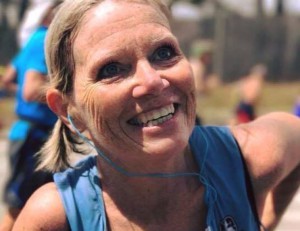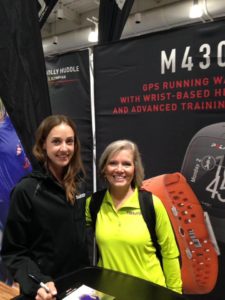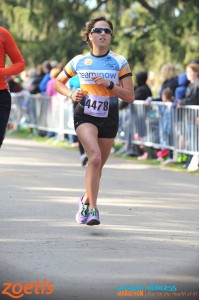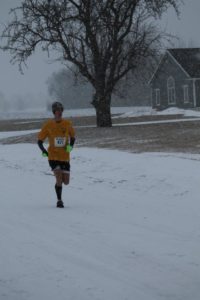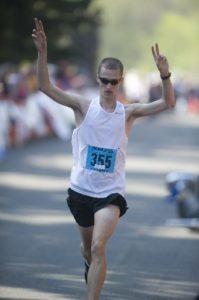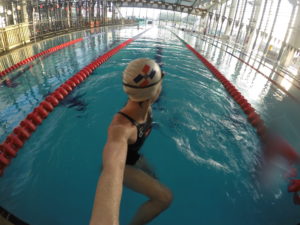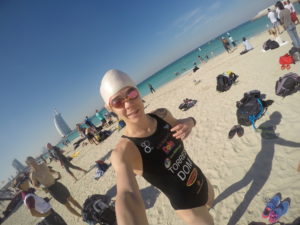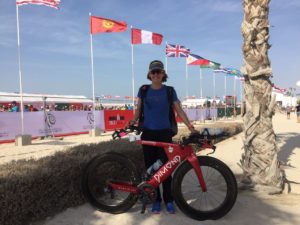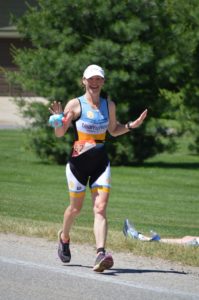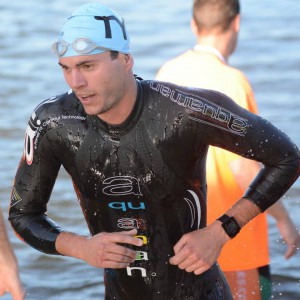–By Raquel Torres, Team Athletic Mentors Triathlete
In September I made my second attempt at the 70.3 distance in Georgia at the Augusta 70.3. In my first half at Racine, the swim was canceled due to weather and they made it into a duathlon. Despite the different race format, I learned from this and spent a few days after the event to focus on several aspects to improve.
Months of many changes in my personal life, I started paying attention to my thoughts, making self-assessments that focused me on cultivating new mental habits in order to achieve a more positive attitude. I focused on what I have control over- working on the details, focusing on the present and most of all enjoying life in general since being happy should be a basic ingredient for any goal.
Triathlon, triathlon training, triathlon racing is a sport with both physical and mental requirements, so it is vital to have a balanced life to see satisfactory results regardless of your competition level.
For this second attempt at the IM 70.3 I didn’t think my head was in the right place, but some angels advised me to do it! I eventually figured let’s try it, I can go with my daughter as we can drive  there, I would be with company and it could be an adventure and not be so expensive.
there, I would be with company and it could be an adventure and not be so expensive.
We drove from Michigan to Georgia about 10 hours, we arrived at about 3:45 am to the hotel. After some rest the next day was the briefing and I swam a little. I remember thinking “Raquel do not place high expectations,” but I honestly I made a mental plan for the race, knowing I had some details to adjust such as using my powermeter, which my Coach Mark Olson had been wanting me to use for months and months. Power is widely used to better manage energy during the bike is a great important part of this distance and it makes the difference in race pacing.
I got my period the night before, I have such good aim!, but I thought “Rachel you have done well and others do succeed” Excuses can be in the thousands, FOCUS! It did not have good nutrition the day before which has been happening to me and I’m working with new ways, as I have heard and read that the fourth discipline of long distance triathlon is the nutrition.
Dinner and lunch the day before the race did not taste good, but I thought it would be ok since I have enough glycogen. But this turned out to be another one of my mistakes.
A bed at about 10:00 PM I slept really well and at 4:00 am the alarm sounded. I took my protein as usual, and a slice of bread. Its my eternal struggle to be able to eat something so early in the morning.
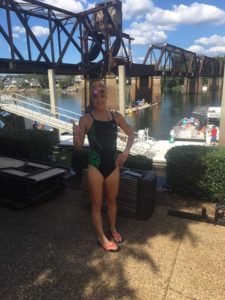 At the transition, I remember to take me some gummies minutes before departure and my stomach began to hurt. I thought it was nerves, but really I was not nervous.
At the transition, I remember to take me some gummies minutes before departure and my stomach began to hurt. I thought it was nerves, but really I was not nervous.
I said to myself, “Raquel warm up, and forget about the whining.”
I did not get in the water to warm up as I was afraid to get cold and the start was a water start.
Soon enough it was, “on your mark…” “beeeeeee”
• Swim
My strategy was not to go too fast, because I tend to sprint in the water, so I checked myself and stayed at a very comfortable pace. I found two other fast swimmers and I just stayed on their feet even though I could tell that I was going slower than my capacity, but I chose to stay there. It was a very comfortable pace for me and we quickly reached the last buoy and I removed my goggles to see the end. I asked the guard where was the exit was because I did not want to be disqualified even if I lost a few seconds there, I came out 6th out of the water, very fresh. So far so good ….
• Bike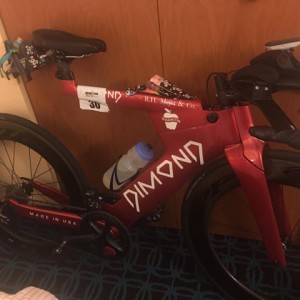
As soon as I got on the bike my strategy was to stay focused on nutrition, hydration and have a good mental state. Therefore, I had no plan for watts or speed. I had stomach problems right away since taking the first gel. I said, “Raquel these are the things you have to overcome.” I kept going, but did not want to eat or drink. At first we were 8 riders together one passing the other, again and again, it was for me uncomfortable because they even gave me a yellow card without justification, as she passed me and then slowed down.
Although I definitely could not feed well the last 20 kms I did recover and my body warmed up a bit.
• Run
When I started I felt super good, light legs, fresh mind and a lot of motivation, the course was beautiful through the city of Augusta. A lot of encouragement, lots of spectators and it was warm, but not stifling. I drank plenty of water at the beginning, of course I did not hydrate well on the bike. So I started getting upset and I felt very weak, I started to slow the rate at 5 kilometers, and by 8 km my legs were heavy, I had no energy and my stomach hurt. I sat one minute, people told me to go, I ran, and stood and said “Raquel finish it, even you have to jog” … and continued … 3 km more, then again walked and then I stopped. “Sniff sniff.” I thought that this was nonsense. I did not come to end an event- I came to do the best I can! Then I saw a water station that was what I wanted and poured myself a Coke and fell to the floor.
In retrospect, I think I can draw many positives of this learning experience, I’m doing a very challenging sport in the physical, spiritual, mental, family, economic aspects and more. Training and racing. I know what are the challenging areas in my life to this sport, and what are the areas where I can make adjustments and changes for better results.
Th distance change to 70.3 shows much room for improvement. Sometimes mistakes can be called excuses, but these “excuses” or negative part of the experiences are potentials for improvement. I think there’s always a new day to start, improve, become a better person, human being and in my case also an athlete.
Always whatever the result: turn the pages to the left, reflect, seek learning, correct and move forward!
“The best way out is always through.”
Robert Frost






